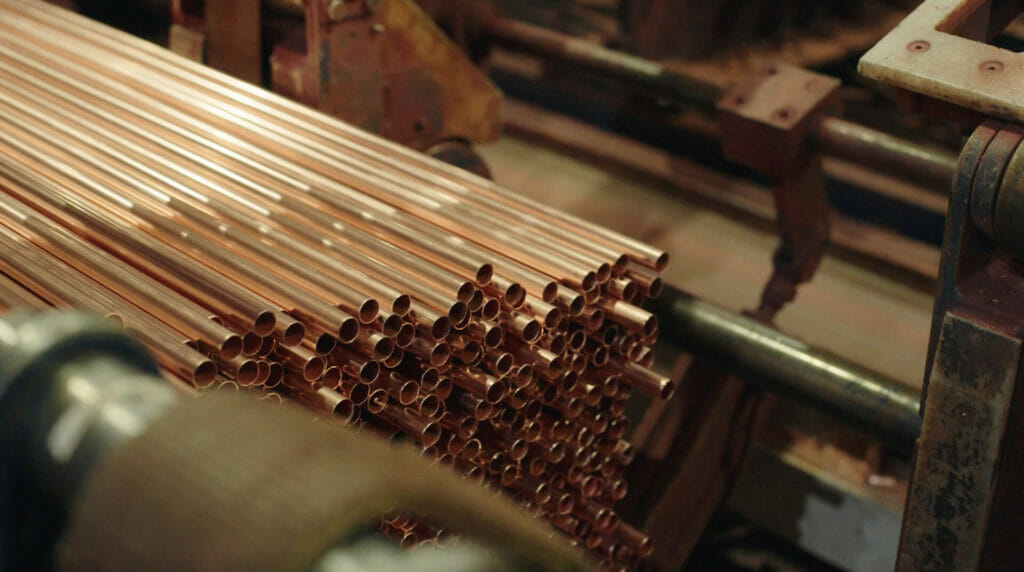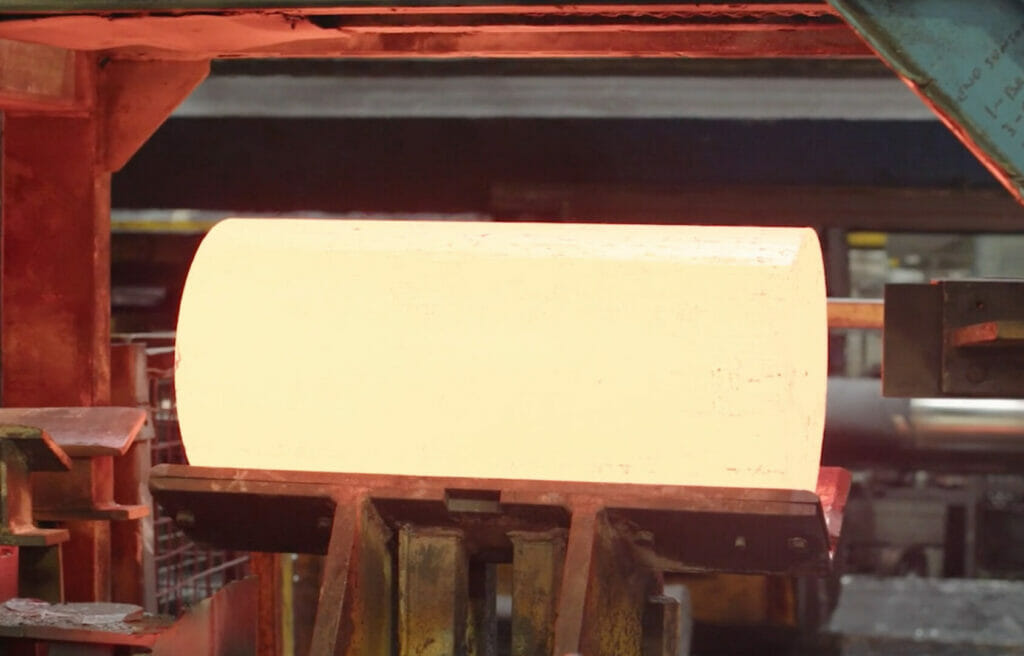
Recycle Week (19-25 September) is a yearly campaign organised by Recycle Now, which champions recycling across the nation and works to encourage the public into recycling more of the right things, more often.
This year, the campaign is sponsored by Coca-Cola, Danone, innocent, McDonalds, Ocado, and Natural Source Waters Association and the theme is ‘Let’s Get Real’. This theme aims to challenge perceptions and myths around recycling, as well as targeting contamination to improve recycling behaviours.
Here at CuSP, we know all about recycling myths as, despite industry bodies’ suggestions that plastic pipes are fully recyclable, one important fact remains – most plastics are still not being recycled.
Copper, on the other hand, is a 100% fully recyclable material, so why wouldn’t you choose copper pipes over plastic pipes?
Problematic plastic
Although we’re led to believe that plastic is a recyclable material, the unfortunate reality is that this isn’t always the case. A report by the Last Beach Cleanup and Beyond Plastics reveals that the recycling rate for post-consumer plastic in the US was between 5% to 6% in 2021.
Similarly, a Department of Energy research paper which analysed data from 2019 came to the same conclusion – just 5% of plastics are being recycled in the US. This is just data from one country, so imagine what research into the rest of the world would reveal about recycling rates.
Looking to the UK, The Resource Efficiency Collective states that less than 3% of the plastics consumed in the UK are made of local recycled plastics and the vast majority of waste ends up being incinerated, landfilled, or exported. Shockingly, a new tool allows all these dumps of plastic waste to be mapped from space using satellite imagery and artificial intelligence. Known as Global Plastic Watch (GPW), the tool can detect sites as small as five metres by five metres, presenting them in an interactive global map of plastic, in near real-time.
Every minute of every day, the equivalent of one truckload of plastic rubbish enters the world’s oceans, killing an estimated 100,000 marine mammals each year, and the aim of Global Plastic Watch is to help stop plastic from flowing into the ocean.
The very fact that a tool like this is needed, demonstrates that plastic is not a recyclable material. There’s evidence from the construction industry that plastic materials aren’t being recycled either, with data from the Department for Environment, Food & Rural Affairs showing that plastic waste from the UK’s construction industry increased by 45.72% in just two years.

Greenwashing in the construction industry
One example of a construction material that claims to be recyclable but isn’t, is multilayer composite pipe. As it stands, there are no recycling frameworks in place for this type of material, so its recyclability is nothing but theoretical.
It typically consists of three layers: an outer plastic layer which is usually made of polyethylene, which encases a central aluminium layer, which in turn encases a final plastic layer, usually made from a similar material to the outer layer. Due to the addition of aluminium tube in its composition and the complexity of its make-up, multilayer plastic pipe is virtually impossible to recycle as it’s very difficult to separate the metal from the plastic.
According to the University of Wisconsin-Madison, around 100 million tonnes of multilayer thermoplastics are produced globally each year and, because there is no way to separate the polymers, almost all of that plastic ends up in landfill or incinerators.
Multilayer manufacturers pushing this kind of product as recyclable is an example of greenwashing: focusing on the benefits of plastic and greatly exaggerating its recyclability. In reality, research by CORDIS proves that these type of pipes are unrecyclable, stating that “conventional non-recyclable pipes for heating plumbing systems are manufactured from non-recyclable cross linked PEX. They are also made of PEX/AL, which comprises a layer of aluminium sandwiched between two PEX layers.”
What’s more, this CORDIS analysis also states that attempting to recycle these types of pipes “results in highly toxic by-products”.

The circular lifecycle of copper
Unlike plastic, copper is an infinitely recyclable material. It has been recycled and re-used for as long as the material itself has been in use and there is a fully developed scrap-collecting infrastructure which has existed for centuries.
When copper pipes reach the end of their life, they are taken to a scrap merchant and, unlike multilayer plastic pipes, are 100% recycled. They simply go into the furnace and are melted down to form a billet of copper, which is stretched out, cut to size, and made into brand new pipes. What’s more, this recycling process doesn’t cause any loss in performance or properties of the new pipes.
As a result of this effective recycling process, around half of Europe’s copper demand is currently being met by recycled materials and, to date, at least 65% of all copper mined remains in circulation, available for use. As recycling techniques improve, this figure will only increase and the need to mine will continue to decline – which is good, because the recycling of copper uses 85% less energy than mining raw material.
In addition to this, evidence from the US Geological Survey shows that there are approximately 5.6 billion metric tonnes of copper in circulation – a figure more than sufficient to surpass both current and future demand.
Copper pipes are the professional and responsible choice, offering a 100% recyclable alternative to plastic pipes. When we have this, and at a time when we need to be doing everything we can to reduce plastic consumption, why wouldn’t you choose copper? It provides all we need for construction projects and it’s time for the industry to take a step forward, phasing out unsustainable materials.
Make the sustainable choice. Choose copper.
To find out more about the benefits of copper pipes, visit: www.cuspuk.com
